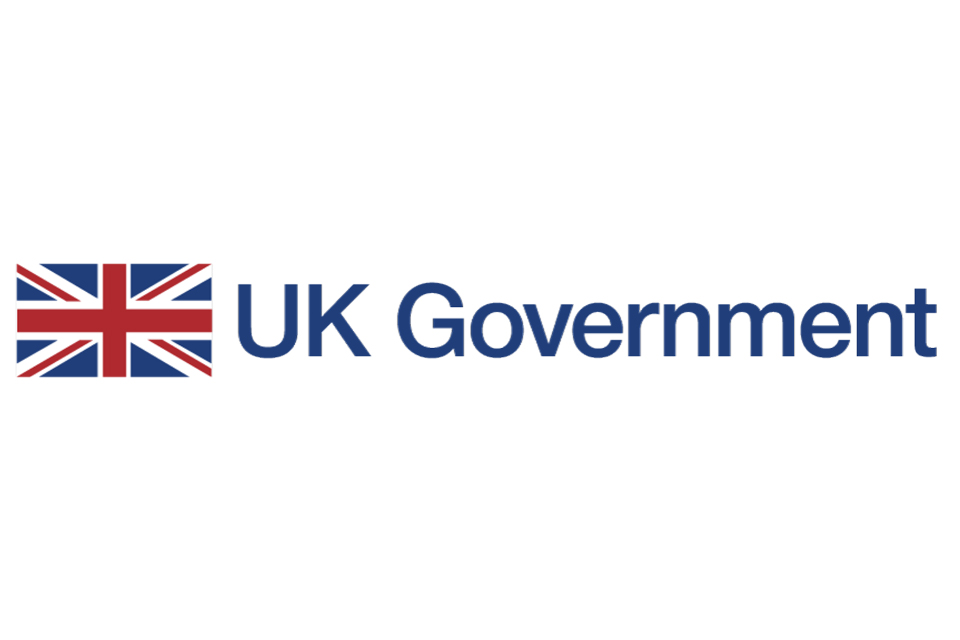UK injects $53 million into Mombasa port mordenisation
The UK government announces $53 million towards port modernisation and improve efficiency at the Port of Mombasa.

The UK will help modernise Kenya’s key port of Mombasa and boost regional economic growth through smoother and cheaper trade by announcing $53 million to TradeMark East Africa (TMEA).
Speaking at the agreement signing ceremony in Mombasa port DFID Kenya Dr Jo Abbott said:
'’Mombasa is a lifeline port for Kenya and its landlocked neighbours, handling about 20 million tonnes of cargo currently. This is expected to rise 400% by 2030. The modernisation of the port is not just timely but vital towards unlocking the economic potential of the region”
'’Today I am delighted to announce that UKaid will provide funding to Trademark East Africa’s Port Improvement Program. This will include rail, road and quayside improvements and support to planning future improvements. We are also discussing with the Government of Kenya how we can offer our support to improve the customs system, enabling faster movement of goods through the port, and how we can assist improve employment prospects for youth in Mombasa.’’
Trade infrastructure is critical to East Africa’s prosperity, and in creating the much needed jobs in the region. Currently East Africa’s trade corridors are characterised by long transit times and high costs. Freight costs per kilometre are more than 50% higher than costs in the United States and Europe, and for the landlocked countries, transport costs can be as high as 45% of the value of exports.
The British High Commissioner Dr Christian Turner added:
“This investment of $53 million represents the strong partnership between the UK and Kenya. It shows the support for the Prime Minster and other G8 leaders agenda to improve trade and transparency. It will deliver fundamental improvements to efficiency in the port and have an overall goal of achieving greater prosperity for the people of Kenya and fulfilling President Kenyatta’s vision of double digit growth. “
Growth in regional trade is forecast to dramatically increase demand for services at Mombasa port in the next decade, according to projections by Kenya Ports Authority (KPA). If further developed and operated efficiently, the port can unlock the economic potential of the region. But if undeveloped and operated poorly – as is currently the case - it can constrain the region’s growth, transport economists say.
“TradeMark is a key strategic partner in growing trade and prosperity in the region. Facilitating regional trade is an effective means to alleviate poverty and create welfare. This investment in modernising the port is the catalyst needed to bring about prosperity to the region,” Said Deputy CEO TMEA, Scott Allen.
“Kenya’s new leadership under President Uhuru Kenyatta has made the upgrading of this lifeline asset a major priority of his new government. We hope TMEA will support a Presidential round table meeting later this year with key government agencies and the private sector to draft a time bound port charter of improvements needed at the port”, Allen said.
The UK is the largest supporter to TMEA who are working to maximise trade and minimise blockages through Mombasa port. The package announced today will support short term efficiency improvements as well as planning for the longer-term, including:
- Improving rail linkages and space rationalisation within existing port land
- Improving port access through expansion of gate 18
- Improving yard facilities and stacking areas at berths 1-10 (Kilindini) and berths 11-14 (Kipevu)
- Institutional and legal Reforms – including Review of the KPA Act to give effect to new regulations (harbour, terminal and port);
- Developing a Port-wide productivity improvement program with other key improvements;
TMEA estimates that without gains in efficiency, Mombasa Port will by 2015 need 40% more ship-to-shore equipment, 230% more quay space, and as much as 400% more yard space.
It is estimated that TMEA’s total programme of activities will reduce the average time for cargo to transit the port by approximately two days. The net benefit of this time reduction (accounting for increased operations and maintenance costs as well as profits on increased trade) is estimated to be at least US$ 1.3 billion.